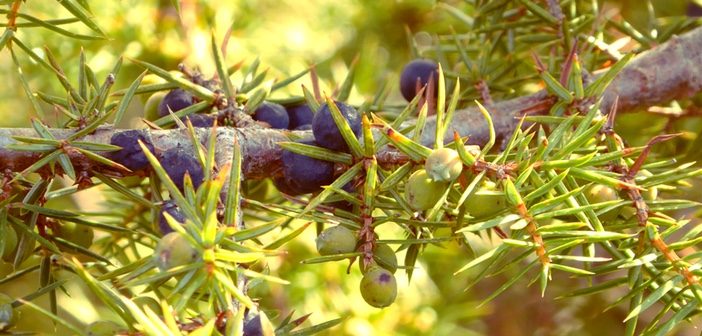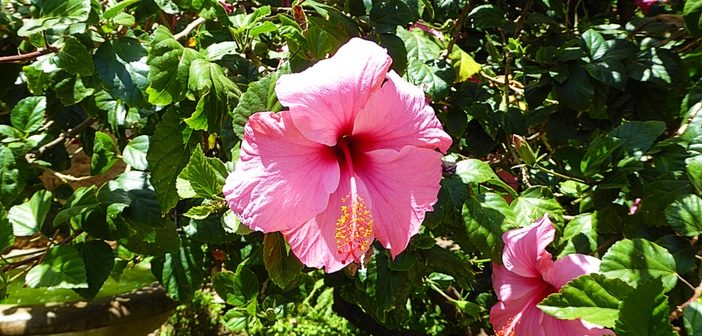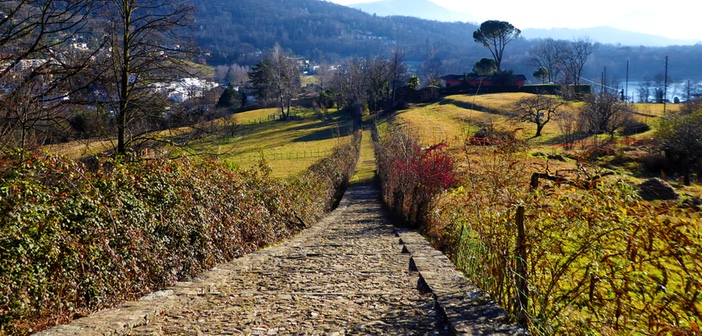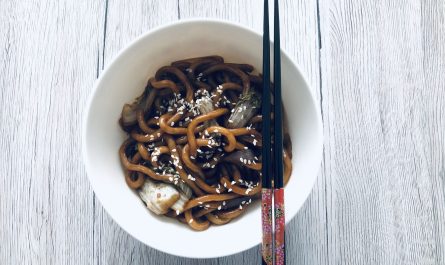What is foraging? It’s about looking for edible plants, cooking and preserving them and creating awareness on our natural environment. Foraging is not a new trend, it has been a necessity for humans and it slowly got lost. It’s rather a rediscovery. Nevertheless, there are many things you need to know before starting to forage. You might think it’s impossible to know everything about foraging? Well, maybe you’re right, but you can learn it step by step.
I only started recently to be interested in foraging and to be honest, if you asked me a couple of years ago, I would never ever have thought to do foraging. So, what are my reasons to have started foraging?
- Relaxation
- Curiosity of knowing my closest world better
- Knowing is a first step to mindfulness
- Healing my little aches and pains
- Who doesn’t love food?
Relaxation
We live in a fast-paced world, that’s a fact. Everyone is so busy with their lives, working, studying, trying to connect with people and so forth. Even the smallest activities have to be scheduled. Reading this, probably a lot of you can somehow relate to it. Well, after my bachelor degree I moved a year to Austria and I think it’s then when I started to realise, that a walk in a forest or a stroll in a park was actually relieving a lot of my stress and anxieties. Watching nature changing through the seasons was relaxing and it gave me the opportunity to recharge my batteries, to focus again on myself and to open my mind for new ideas. Moving back to Switzerland, into a large vibrant city, I was amazed and exhausted at the same time, forgetting about the restoring power nature had on me. Maybe subconsciously I moved again away from the city, more in suburban area, and that’s were all started. By the way I found 11 scientific reasons why being in nature is relaxing.
Curiosity of knowing my closest world better
After I started to actively walk in nature, I started wanting to know more about what I saw. To be honest, until that point, I was never really interested in what plants and trees I had in front of me, although my mother is a biologist and I grew up in the countryside. However, I suffer from strong pollen allergies and that’s why Nature and I did not always have the best relationship and winter was definitely my favourite season. Growing up, allergies are slowly fading and I can appreciate the beauty of my surroundings more. That’s where curiosity hit me and luckily I have a good person on my side, who is teaching me a lot about our surrounding plants. If you wonder what tree, flower or other plant you’re looking at and you don’t have anyone to ask for, there are some apps that you can use, however never forget to double check, since there are many plants with similar characteristics (and sometimes poisonous!). Here’s a list of good apps to identify plants. And if you are wondering what app I would recommend, well contact me and I can write about it in a further blogpost.

Knowing is a first step to mindfulness
The whispering oak tree in Dodona, Greece was one of the first oracles of Zeus in ancient days, even Achilles consulted the oracle before going on the Iliad. In the Norse mythology Yggraddsil, often said to be an ash tree, was a mighty tree connecting the whole world. A prominent example of the Bible is the fig. Adam and Eve covered themselves with a fig leave after eating the forbidden fruit and they were banned from Eden. (Want to now more about mythological trees? Here are 10 short legends) Why am I telling you this? It’s because since ancient history trees were always strongly connected with the human kind and slowly this connection is going to be forgotten through deforestation and environmental changes. Mindfulness starts by learning again more about our surrounding nature, not only on its history, but how the biodiversity works, what needs more protection, what we can take from the nature and how we restore a certain balance between humans and nature. I will write more on this topic in the upcoming posts.

Healing my little aches and pains
When you think of it, everyone has some aches or pains. Being fed up of pumping myself with medicaments due to my migraine, I became curious about alternatives, such as the Meadowsweet (Filipendula ulmaria) and the Lemon balm (Melissa officinalis). Both can be found in our nature and they make great tea as well. Peppermint oil is also helping me a lot and you can even produce it at home. Clearly it will not help everybody, and I’m not saying that all medicine is wrong, however, trying to be less invasive on our own body is not hurting anyone.
Food, who doesn’t love food?
A couple of years ago I bought the book of Meret Bisegger “Meine wilde Planzenküche”(My wild plants kitchen) and I was so surprised on the wonderful, yet simple creations you could make from the plants that we have around us. I’m definitely far away from the knowledge and food creations of Meret Bisegger, or any other chef concentrating on foraging. Moreover, doing some research I initially had some difficulties to find understandable (I’m not a botanical) information on seasonalities of plants, how to prepare them and where to find them.
So, I want to bring you along on my journey, starting with plants that can be found more easily and trying to give you a recipe for a food or as well a refreshing beverage.
Curious? Me too!





Looking forward to the after-foraging tasting (;
This is such a cool topic!! I am really into knowing more about plants and herbs and what you can do with them!!??
Hi thanks for sharing this info